Home>Garden Essentials>How Long Does It Take To Grow Sunflowers From Seed
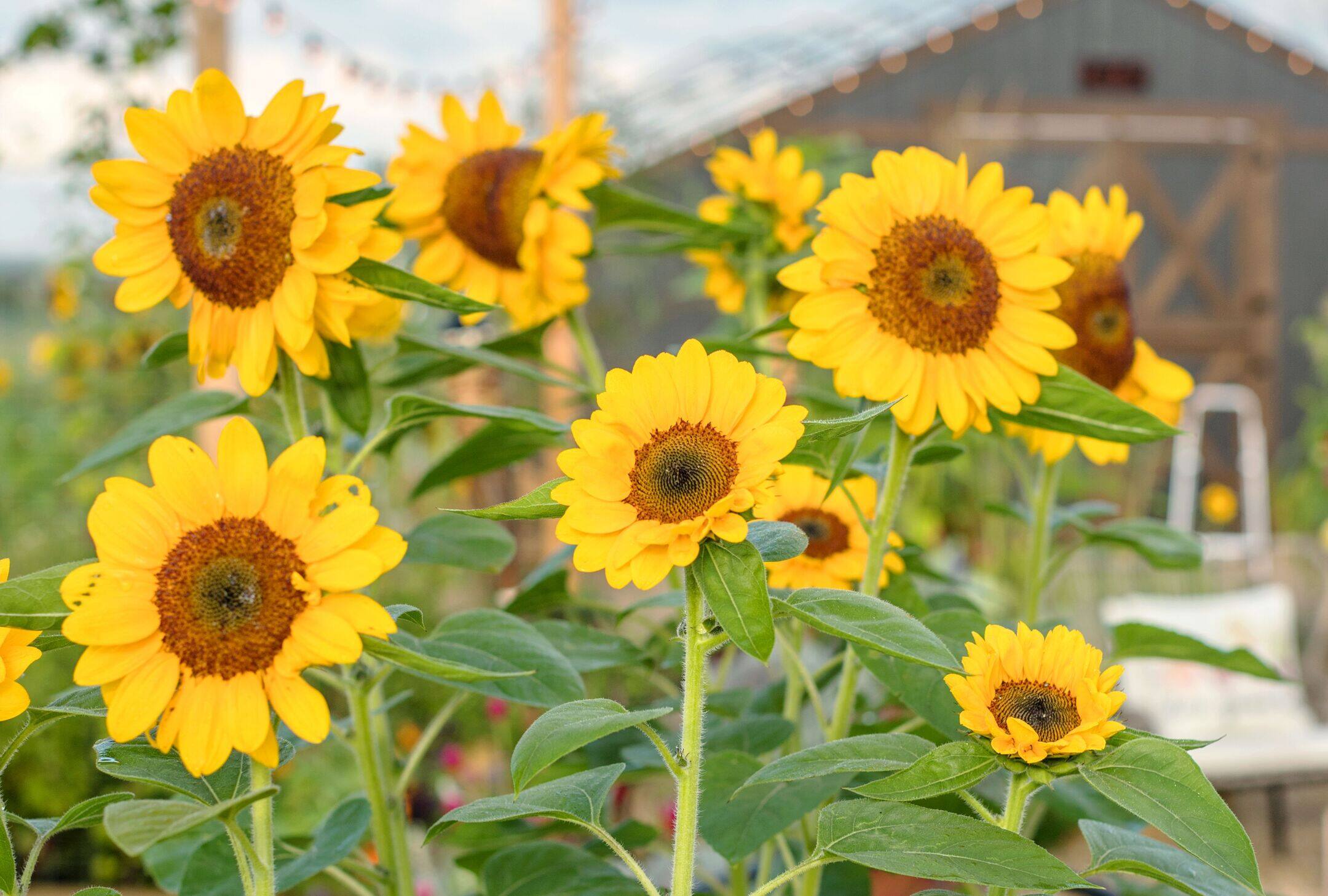

Garden Essentials
How Long Does It Take To Grow Sunflowers From Seed
Modified: March 24, 2024
Looking to grow sunflowers from seed in your garden? Learn how long it takes and get expert tips for a successful sunflower garden!
(Many of the links in this article redirect to a specific reviewed product. Your purchase of these products through affiliate links helps to generate commission for Storables.com, at no extra cost. Learn more)
Introduction
Growing sunflowers from seed is a rewarding and enjoyable experience for gardeners of all levels. These vibrant and cheerful flowers can add a splash of color and beauty to any garden or landscape. From their iconic yellow petals to their towering heights, sunflowers have captured the hearts of many. However, it’s important to understand that growing sunflowers from seed requires time and patience.
In this article, we will explore the various stages of sunflower growth and the factors that can influence how long it takes for a sunflower seed to grow into a fully bloomed flower. Understanding these factors can help you plan and anticipate the approximate timeline for your sunflower growing journey.
Before we dive into the specifics, it’s important to note that different sunflower varieties may have slightly different growth rates. The information provided here is a general guideline, and it’s always recommended to check the specific requirements and recommendations for the particular sunflower variety you are growing.
So, let’s embark on this sunflower growing adventure and discover how long it takes to grow sunflowers from seed!
Key Takeaways:
- Sunflowers take about 7 to 10 days to sprout from seeds, but factors like temperature and soil quality can influence their growth. Patience and care are key to seeing these vibrant flowers bloom!
- To grow healthy sunflowers, pay attention to factors like temperature, light, soil quality, watering, and weed control. Each stage of growth, from germination to flowering, requires specific care and attention.
Factors Affecting Sunflower Growth
Several factors can influence the growth and development of sunflowers. Understanding these factors can help you optimize your growing conditions and ensure healthier and more robust plants. Here are some key factors to consider:
- Temperature: Sunflowers thrive in warm weather conditions. They prefer temperatures between 70°F and 78°F (21°C and 26°C). Cold temperatures can delay germination and slow down growth, while excessively high temperatures can cause wilting and stress. Keep an eye on the weather and aim to plant your sunflower seeds when the temperatures are favorable.
- Light: Sunflowers are named for their love of sunlight. They require full sun exposure, which means they need at least six to eight hours of direct sunlight per day. Insufficient sunlight can lead to weaker and smaller sunflowers.
- Soil Quality: Sunflowers prefer well-drained soil that is rich in organic matter. Prior to planting, ensure that the soil is loose and fertile. Good soil quality helps provide the necessary nutrients and moisture for healthy plant growth.
- Watering: Sunflowers have moderate water needs. While they are relatively drought-tolerant, consistent watering is essential during the germination and seedling stages. Once established, sunflowers can withstand drier conditions. Overwatering, on the other hand, can lead to root rot and other similar issues.
- Fertilizer and Nutrients: Sunflowers are not heavy feeders, but they can benefit from a balanced fertilizer application during the growing season. Look for a fertilizer with a higher phosphorus content, which promotes sturdy stems and flower development. It’s important not to over-fertilize, as it can result in excessive foliage growth at the expense of flower production.
- Competition: Sunflowers are vigorous plants, but they do not appreciate competition from weeds or other plants. Keep the area around your sunflowers free from weeds and other vegetation that may restrict their access to nutrients and water.
By paying attention to these factors, you can create optimal growing conditions for your sunflowers and increase the likelihood of successful growth and blooming.
Germination Stage
The germination stage is the initial phase of a sunflower’s growth journey. It is the process in which the seed sprouts and develops into a young seedling. The duration of the germination stage can vary depending on various factors, such as temperature and seed quality.
Typically, sunflower seeds take around 7 to 10 days to germinate. During this stage, it is crucial to provide the right conditions to promote optimal seedling growth.
To encourage successful germination, start by selecting high-quality sunflower seeds. Look for seeds that are plump, undamaged, and have a healthy appearance. These seeds have a higher chance of sprouting and developing into healthy seedlings.
Once you have your seeds, prepare the planting site by loosening the soil and removing any weeds or debris. Sunflowers prefer well-drained soil, so make sure the soil is not soggy. You can also enrich the soil with organic matter or compost to provide essential nutrients for the seedlings.
Plant the seeds about 1 to 2 inches deep into the soil and space them at least 6 to 12 inches apart, depending on the sunflower variety. After planting, gently water the soil to ensure proper moisture levels. Avoid overwatering, as excessive moisture can lead to rotting of the seeds.
During the germination stage, it is important to maintain consistent moisture in the soil. Check the soil regularly and water when it feels dry to the touch. Be cautious not to overwater, as it may cause the seeds to rot or develop fungal diseases.
Providing warmth is also crucial for germination. Sunflower seeds germinate best in temperatures between 70°F and 78°F (21°C and 26°C). If your region experiences cooler temperatures, you may consider using plastic covers or cloches to create a warmer environment for the seeds.
With proper care and favorable conditions, you will soon witness the emergence of tiny sunflower seedlings. At this point, you can start adjusting your gardening practices to support the growth of these young plants.
Seedling Stage
The seedling stage is an important phase in the growth of sunflowers. This is the period when the young plants establish their roots and develop their first set of true leaves. It usually occurs approximately 2 to 3 weeks after germination, but the exact timing can vary depending on the growing conditions and sunflower variety.
During this stage, it is crucial to provide the seedlings with the right care and conditions to encourage healthy growth. Here are some guidelines to help you navigate the seedling stage:
Light: Sunflower seedlings require ample sunlight to thrive. Ensure they are exposed to at least 6 to 8 hours of direct sunlight per day. If you are growing sunflowers indoors or in a shaded area, consider using grow lights to supplement the natural light.
Watering: Proper watering is crucial during the seedling stage. Keep the soil consistently moist but not waterlogged. Watering deeply once or twice a week is generally sufficient. Monitor the soil moisture regularly and adjust your watering schedule as needed based on the weather conditions and the moisture level of the soil.
Thinning: If you planted multiple seeds in one location to increase the chances of germination, thinning is necessary during the seedling stage. Once the seedlings have developed their first true leaves, carefully remove the weaker seedlings, leaving just one healthy and robust plant in each planting spot. Thinning allows the remaining sunflowers to have adequate space and resources to grow to their full potential.
Fertilization: Sunflower seedlings don’t require heavy fertilization at this stage. However, you can apply a diluted balanced fertilizer to provide essential nutrients. Follow the instructions on the fertilizer packaging and use it sparingly to avoid over-fertilizing, which can lead to excessive foliage growth.
Protection: Protecting seedlings from pests and harsh weather conditions is important. Covering them with a lightweight row cover or using organic pest deterrents can help safeguard the young plants from potential damage caused by insects or birds. If your area is prone to strong winds, consider using stakes or a supportive structure to prevent the seedlings from being damaged or knocked over.
During the seedling stage, monitor the growth and health of the young plants closely. As the seedlings continue to develop, they will prepare themselves for the next stage of growth and enter the vegetative phase.
Sunflowers typically take 80-120 days to grow from seed to maturity. Plant them in well-drained soil, water regularly, and provide plenty of sunlight for best results.
Vegetative Stage
The vegetative stage is a critical phase in the growth of sunflowers. During this stage, the plants focus on developing their foliage and establishing a strong root system to support future growth and flower production. The duration of the vegetative stage varies depending on various factors, such as sunflower variety, growing conditions, and environmental factors.
Typically, the vegetative stage of sunflowers lasts for about 6 to 8 weeks. However, it’s important to note that the growth rate can vary, and some varieties may exhibit faster or slower growth.
During this stage, the following practices can help promote healthy vegetative growth:
Watering: Sunflowers require regular watering to meet their moisture needs. Provide deep watering once or twice a week, ensuring the soil is evenly moist. However, be cautious not to overwater, as it can cause root rot and other fungal diseases.
Soil Fertility: Sunflowers thrive in well-drained soil that is rich in organic matter. If needed, you can supplement the soil with additional compost or organic fertilizers rich in nitrogen to support vigorous growth. Nitrogen is essential for promoting leafy foliage development.
Weed Control: Weeds can compete with sunflowers for nutrients, water, and sunlight. Regularly inspect the area around your sunflowers and remove any weeds to prevent them from stifling growth. Mulching around the base of the plants can help suppress weed growth.
Support: Tall sunflower varieties may require support to prevent them from toppling over in strong winds. Consider staking or adding a support structure to keep the plants upright and stable. This is especially important as the plants grow taller during the vegetative stage.
Pruning: While sunflowers generally do not require extensive pruning, you can remove any damaged or diseased leaves or branches. This helps maintain overall plant health and ensures adequate air circulation around the foliage.
As the plants progress through the vegetative stage, they will continue to develop larger leaves and establish a robust root system. The vegetative stage sets the foundation for the next exciting phase of sunflower growth—the flowering stage.
Flowering Stage
The flowering stage is the most anticipated phase of sunflower growth. It is when the plants produce their iconic and vibrant blooms, adding beauty and charm to your garden. The duration of the flowering stage can vary depending on the sunflower variety and growing conditions, but it typically lasts for a few weeks.
During the flowering stage, your sunflowers will display large, colorful heads comprised of numerous individual flowers. These flowers are rich in nectar and attract bees, butterflies, and other pollinators, making sunflowers an excellent addition for supporting pollinator populations in your garden.
Here are some key things to know and do during the flowering stage:
Pollination: Sunflowers are primarily pollinated by bees and other pollinators. The bright yellow petals and prominent disc florets of the sunflower heads serve as attractive landing platforms for these pollinators. By attracting pollinators, sunflowers increase the chances of successful fertilization and seed production.
Deadheading: To prolong the blooming period and encourage continuous flower production, consider deadheading spent flowers. Deadheading involves removing the faded or wilted blooms before they have a chance to set seeds. This redirects the plant’s energy towards producing more flowers, extending the overall flowering period.
Watering: Although sunflowers are relatively drought-tolerant once established, it’s important to continue providing regular watering during the flowering stage. This helps to maintain healthy, vigorous plants and ensures that the flowers remain vibrant and hydrated.
Support: As the sunflowers grow taller during the flowering stage, it’s crucial to ensure they have adequate support to prevent them from bending or snapping in strong winds. Regularly check and reinforce any stakes or support structures you may have put in place during earlier stages of growth.
Enjoyment and Harvesting: The flowering stage is the time to savor the beauty of your sunflowers. Take the opportunity to appreciate the stunning blooms and capture their beauty through photographs or artwork. If you are growing sunflowers for their seeds, you can begin monitoring the heads for signs of maturity. Once the backs of the sunflower heads turn brown and the seeds feel firm and dry, it’s time to harvest them for later use or to attract birds to your garden.
The flowering stage of sunflowers is undoubtedly a captivating and rewarding period. Witnessing the transformation of your sunflower plants from tiny seeds to towering blooms is a testament to the wonders of nature.
Harvesting Time
Harvesting sunflowers is an exciting moment for gardeners, as it marks the culmination of their efforts and the chance to enjoy the fruits of their labor. The timing for harvesting sunflowers can vary depending on the purpose of the harvest—whether it’s for their vibrant blooms or for their nutritious seeds.
If you’re growing sunflowers primarily for their flowers, you can start harvesting the blooms as soon as they reach their full color and the petals are fully open. Cut the flower stalks early in the morning or late in the evening when the flowers are well-hydrated and at their freshest. Use sharp, clean gardening shears or scissors to make a clean cut near the base of the stalk. With proper care and hydration, sunflower blooms can last for several days as cut flowers in a vase, providing a cheerful display indoors.
If you’re growing sunflowers for their seeds, you’ll need to wait until the sunflower heads have fully matured and the backs of the heads have turned brown. The seeds inside the sunflower heads should feel firm and dry to the touch. To harvest the seeds, cut the heads off the stalks, leaving a few inches of stem attached. Hang the sunflower heads upside down in a cool, well-ventilated area to dry fully. Once the heads are dry, you can gently rub them to remove the seeds. Store the harvested seeds in a cool, dry place in an airtight container or bag for later use or for feeding birds during the winter months.
Keep in mind that while the timing of sunflower harvesting can vary, it’s important to aim for the right balance. Harvesting too early may result in underdeveloped seeds, while waiting too long may cause the seeds to become overripe and less desirable for consumption or planting.
Whether you’re harvesting sunflowers for their beautiful blooms or their nutritious seeds, taking the time to properly care for your plants and monitor their maturity will ensure a successful and rewarding harvest.
Conclusion
Growing sunflowers from seed is a delightful and rewarding experience that allows you to witness the beauty and growth of these iconic flowers. Understanding the different stages of sunflower growth and the factors that can influence their development is essential for a successful gardening journey.
Factors such as temperature, light, soil quality, watering, fertilization, and weed control all play a role in the growth and health of sunflowers. By providing the right conditions and care, you can promote optimal growth and encourage robust plants.
The germination stage marks the beginning of a sunflower’s growth journey, followed by the development of seedlings. During the vegetative stage, the plants focus on establishing a strong root system and developing lush foliage. The flowering stage brings the much-anticipated burst of color as the sunflowers produce their vibrant blooms, attracting pollinators and bringing joy to your garden. Lastly, the harvesting stage allows you to reap the rewards of your efforts, whether it’s enjoying the blooms or collecting nutritious seeds.
Remember to personalize your sunflower growing experience by selecting the sunflower varieties that speak to you and suit your gardening goals. Whether you choose dwarf varieties for containers or towering varieties to make a statement in your garden, the possibilities are endless.
As you embark on your sunflower growing journey, embrace the process and enjoy the subtle joys that come with nurturing a tiny seed into a magnificent plant. With time, patience, and proper care, you will witness the magic of sunflowers brightening your days with their vibrant colors and uplifting presence.
So, grab your gardening tools, sow some sunflower seeds, and let nature’s beauty unfold before you!
Frequently Asked Questions about How Long Does It Take To Grow Sunflowers From Seed
Was this page helpful?
At Storables.com, we guarantee accurate and reliable information. Our content, validated by Expert Board Contributors, is crafted following stringent Editorial Policies. We're committed to providing you with well-researched, expert-backed insights for all your informational needs.
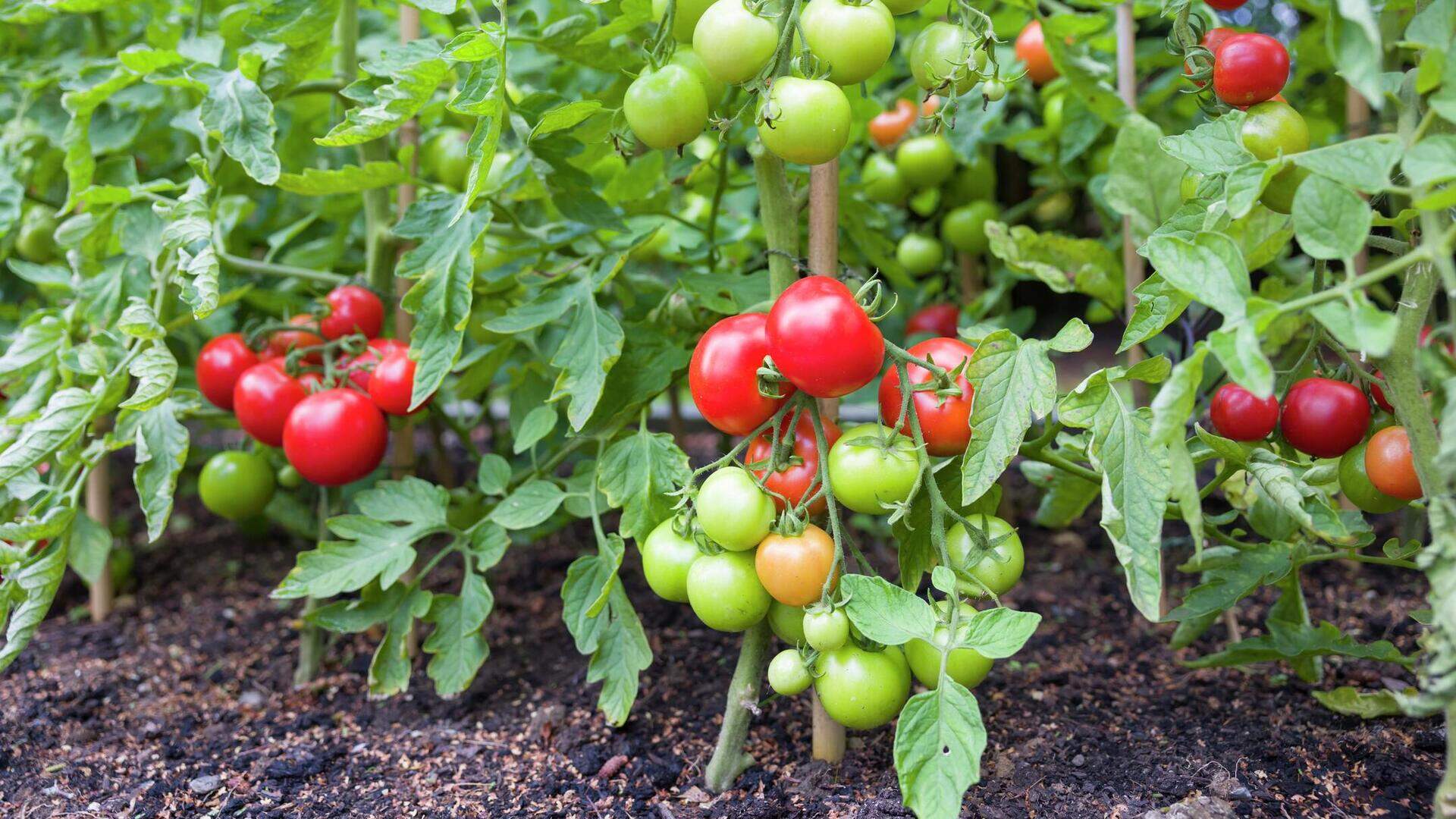
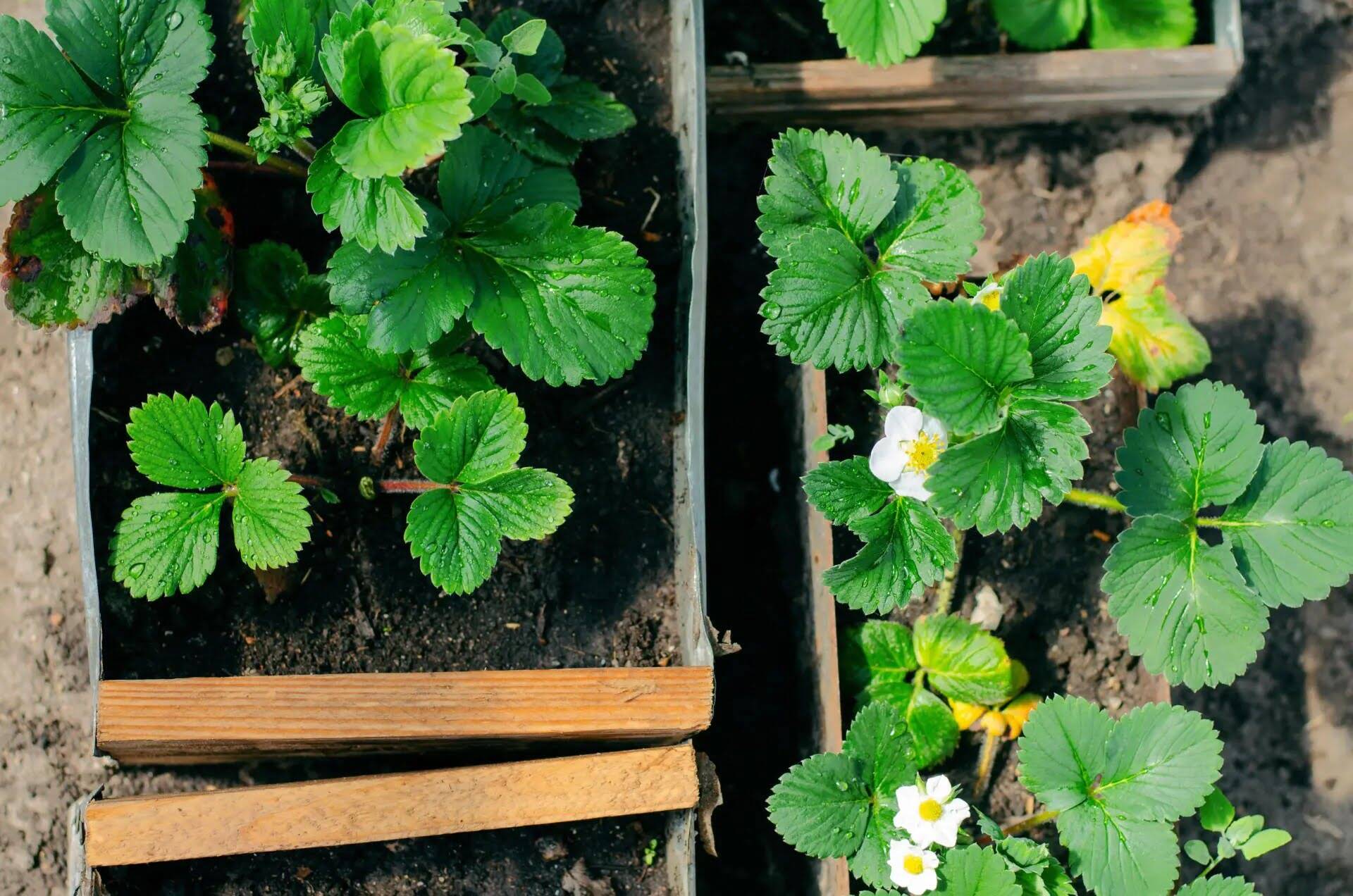
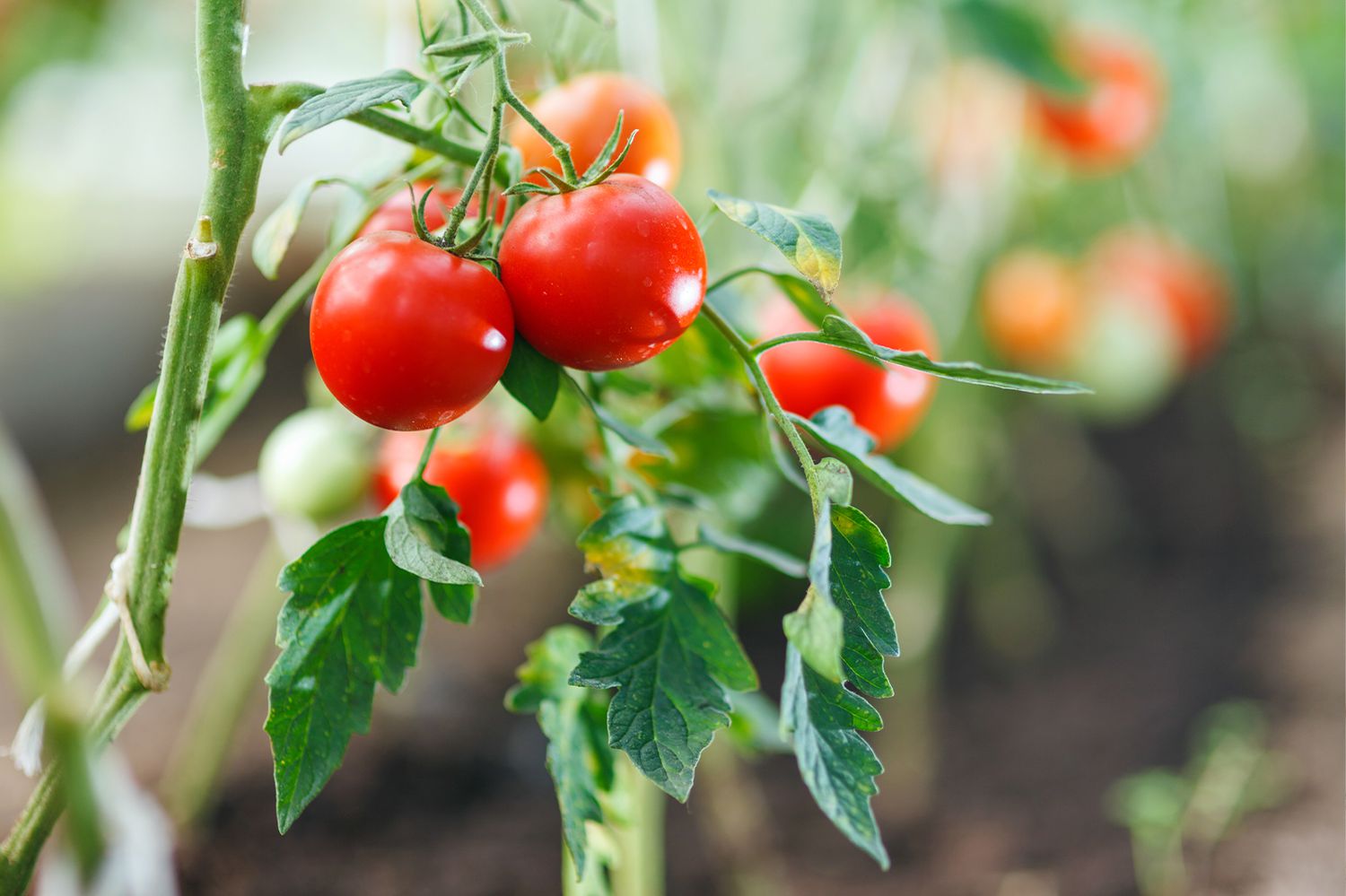
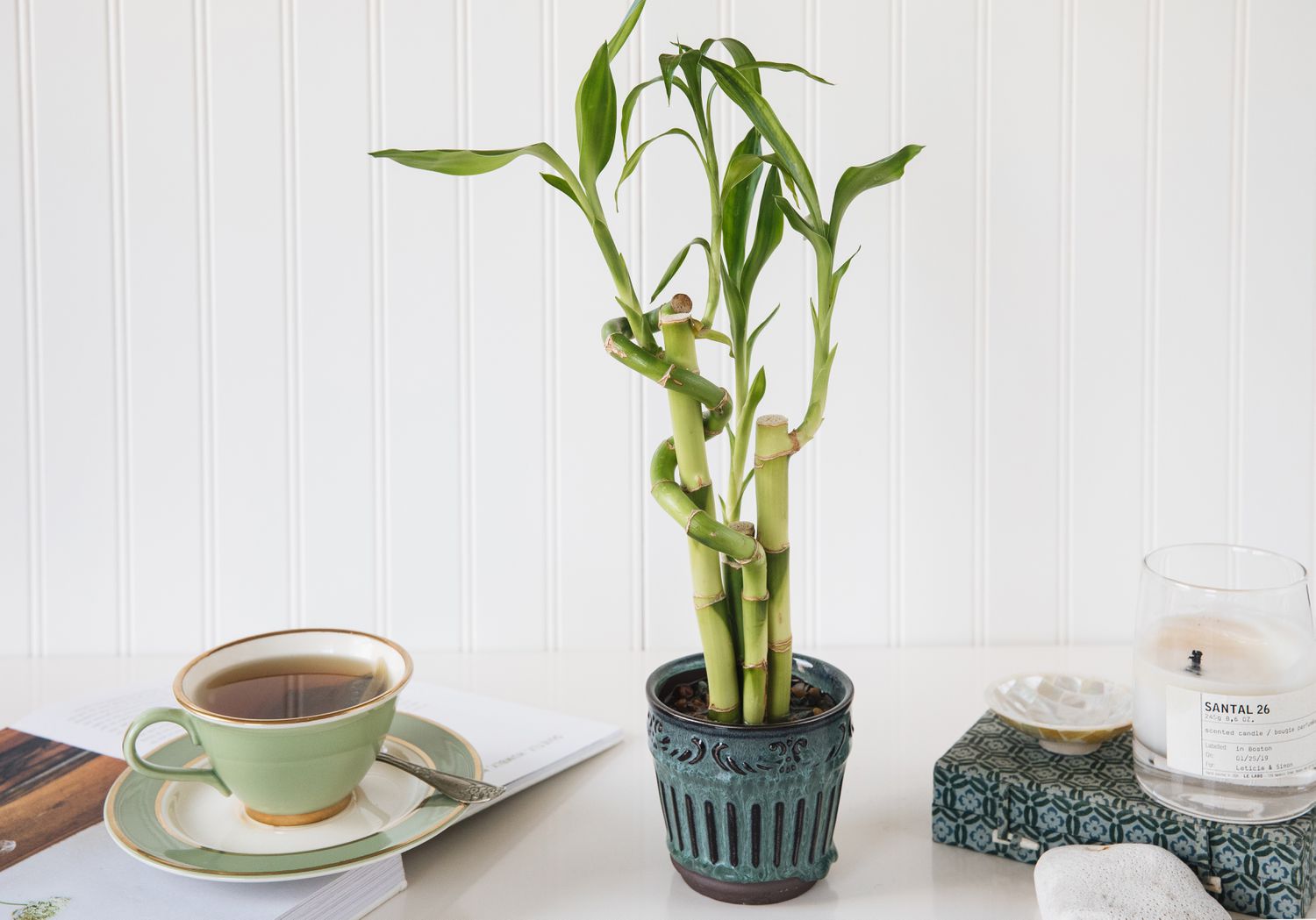
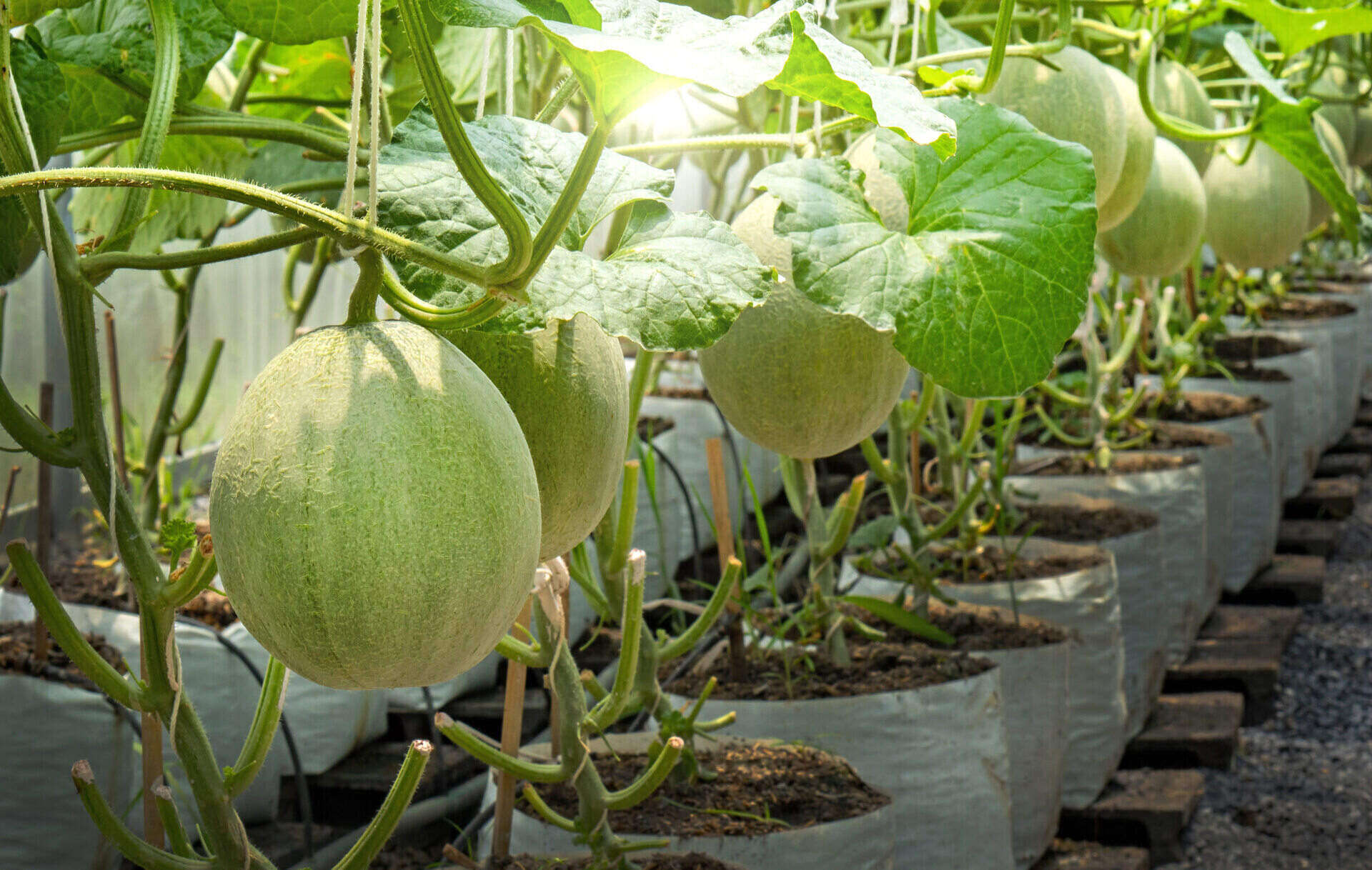
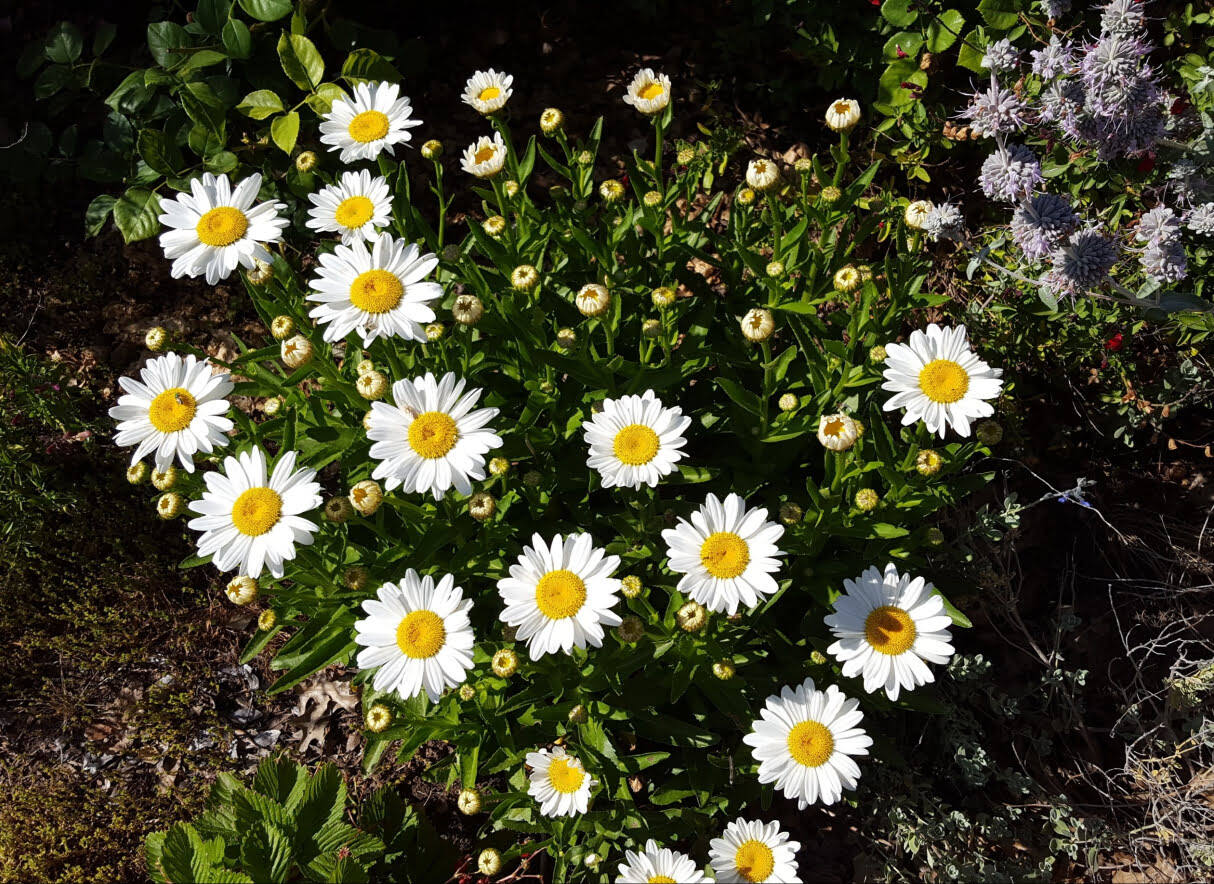
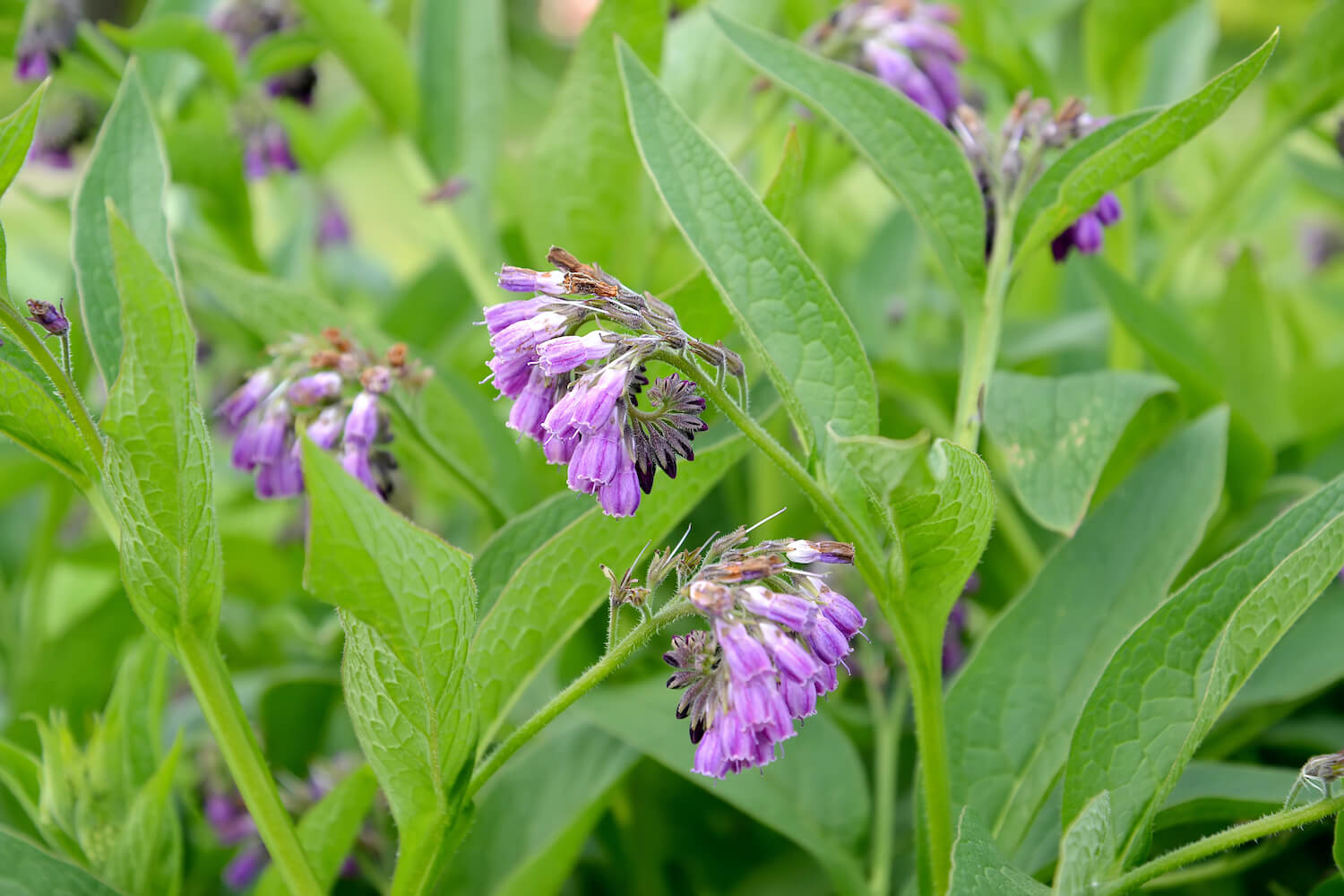
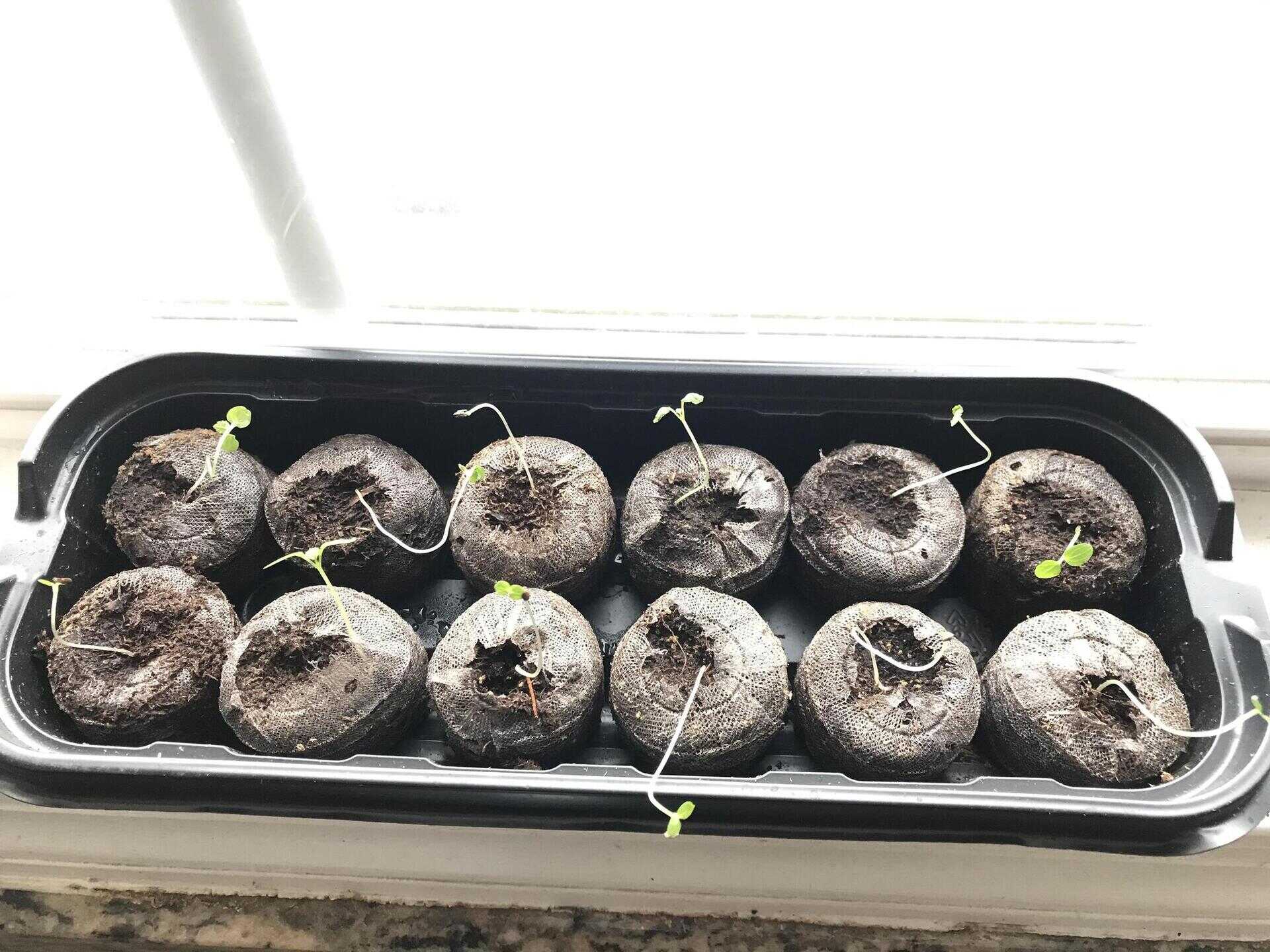
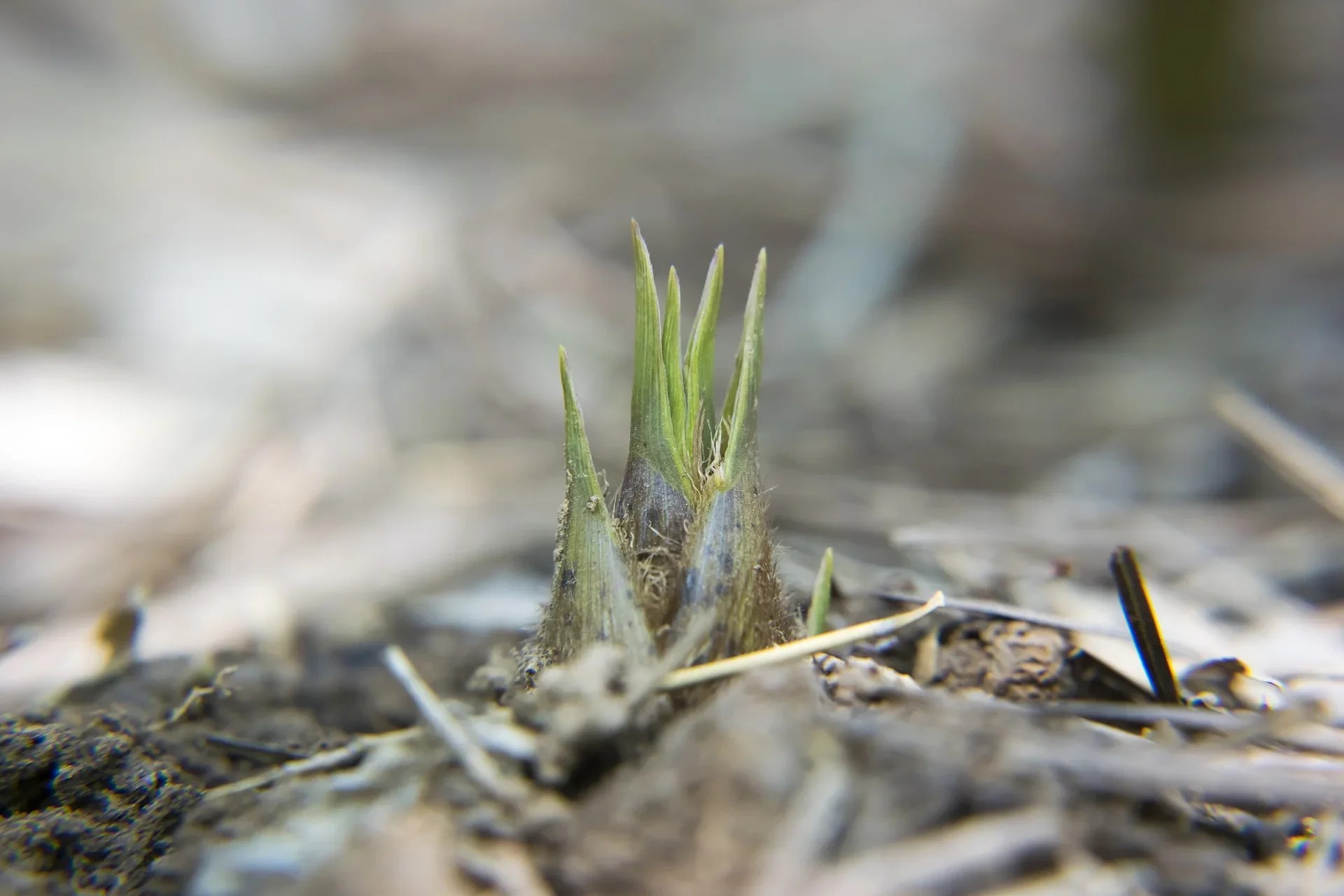
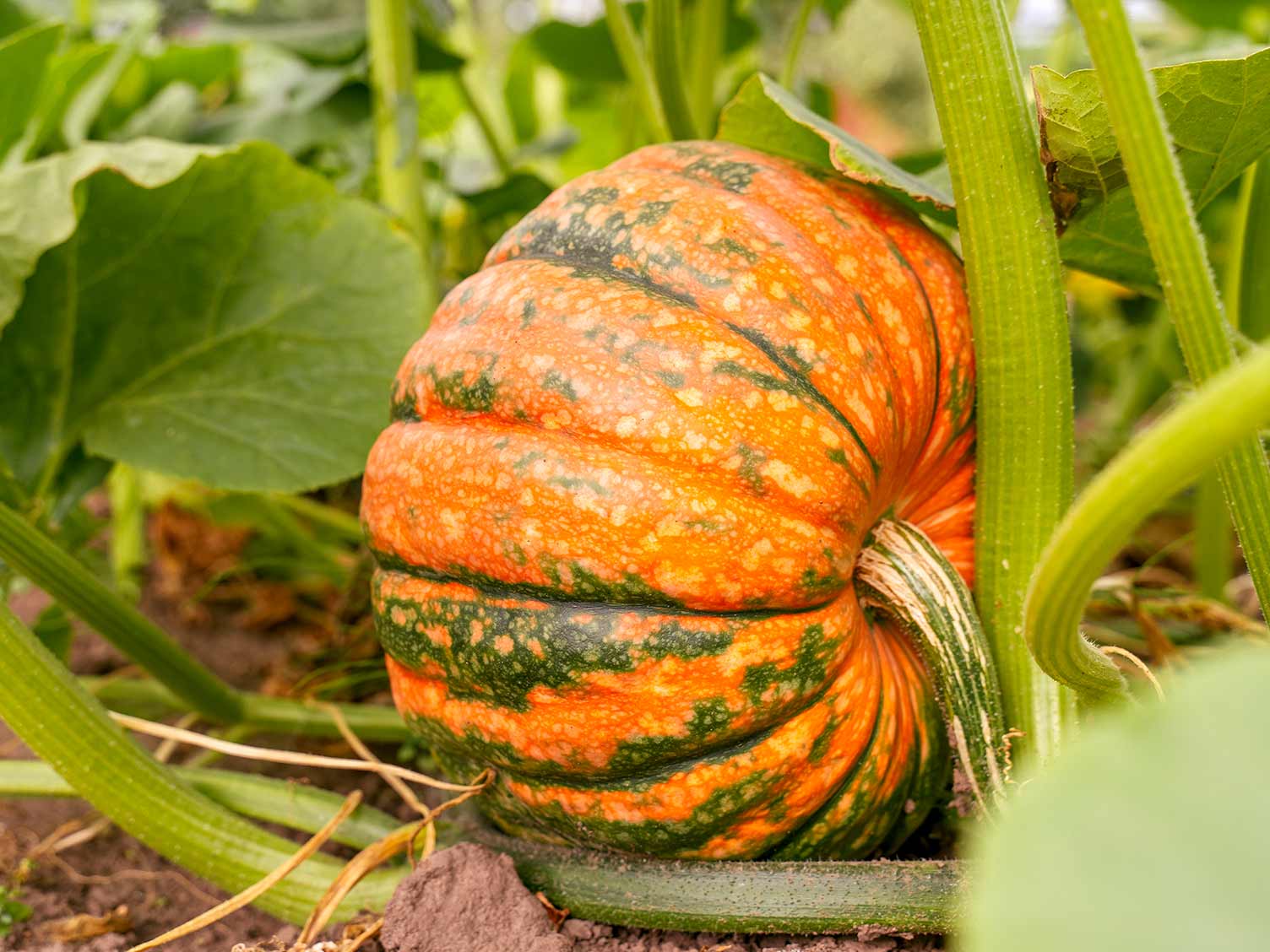
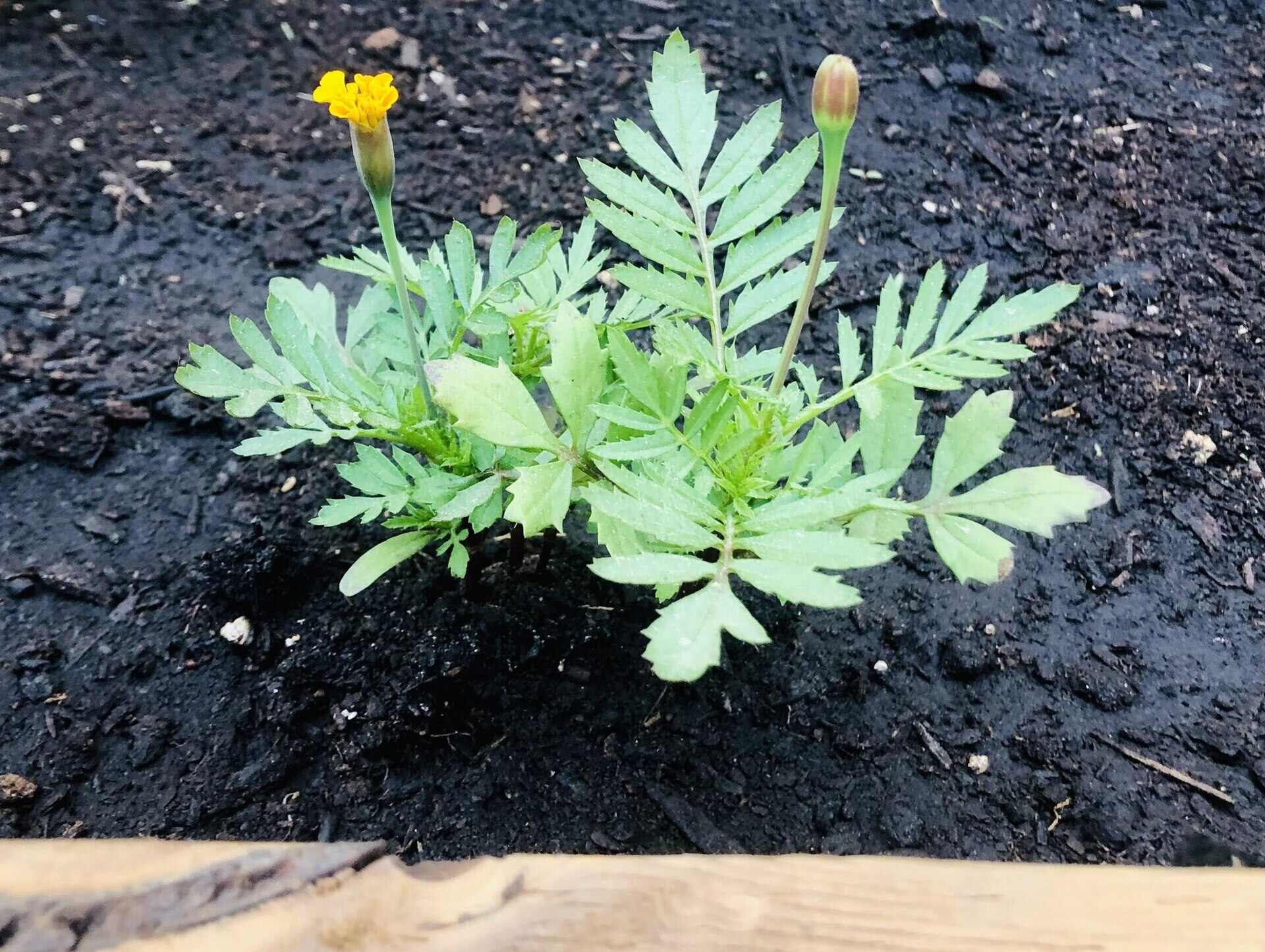
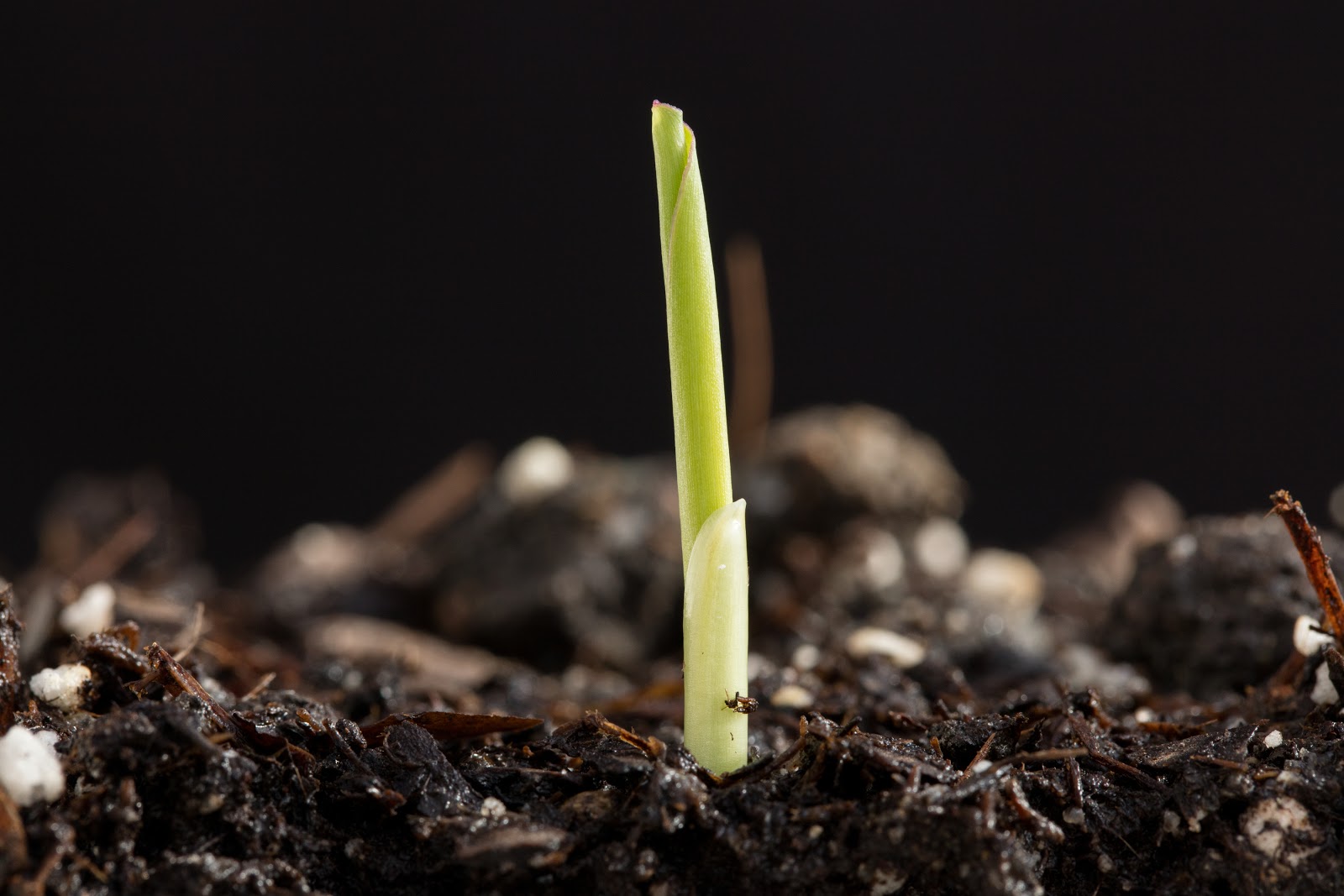
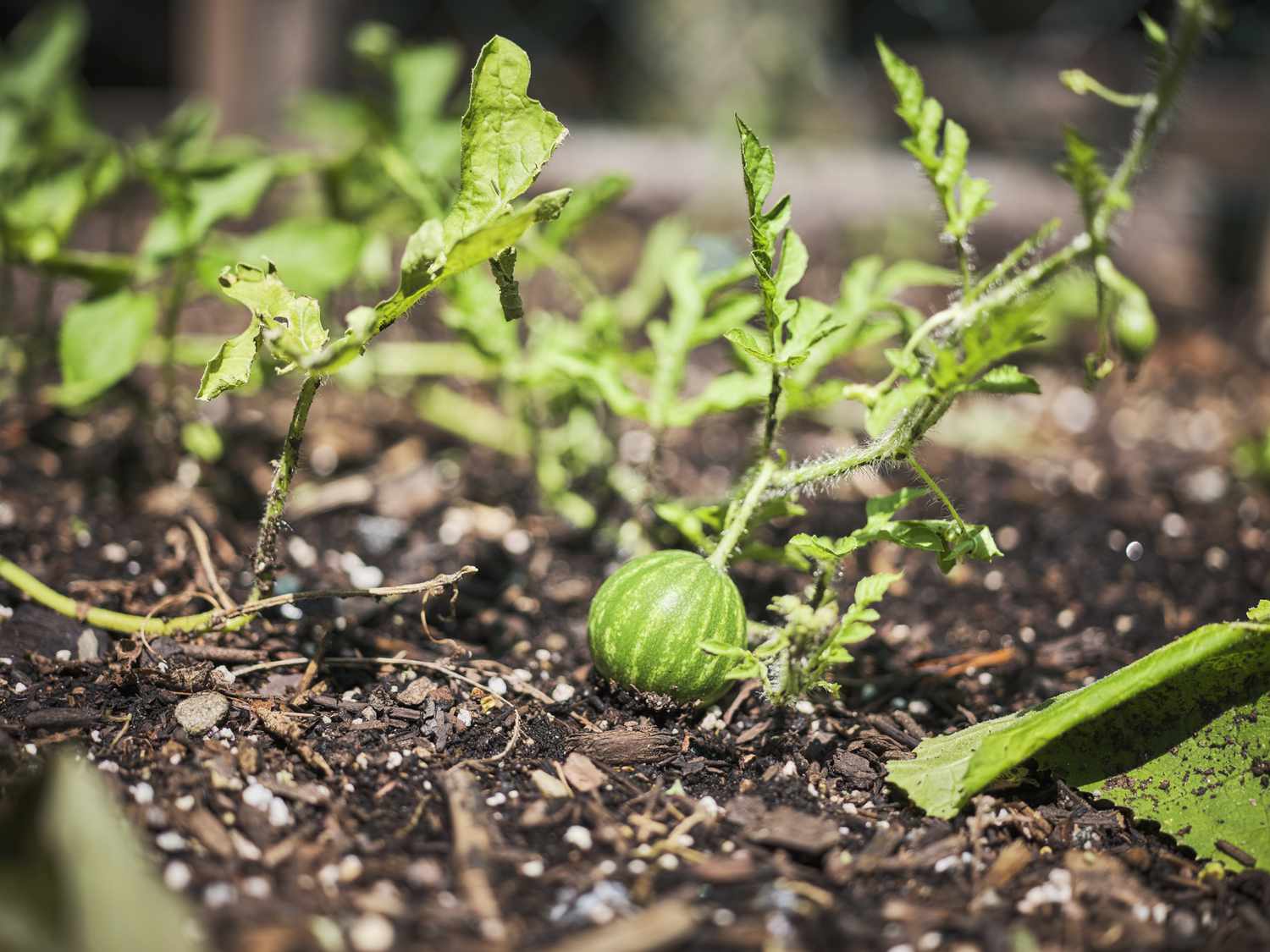
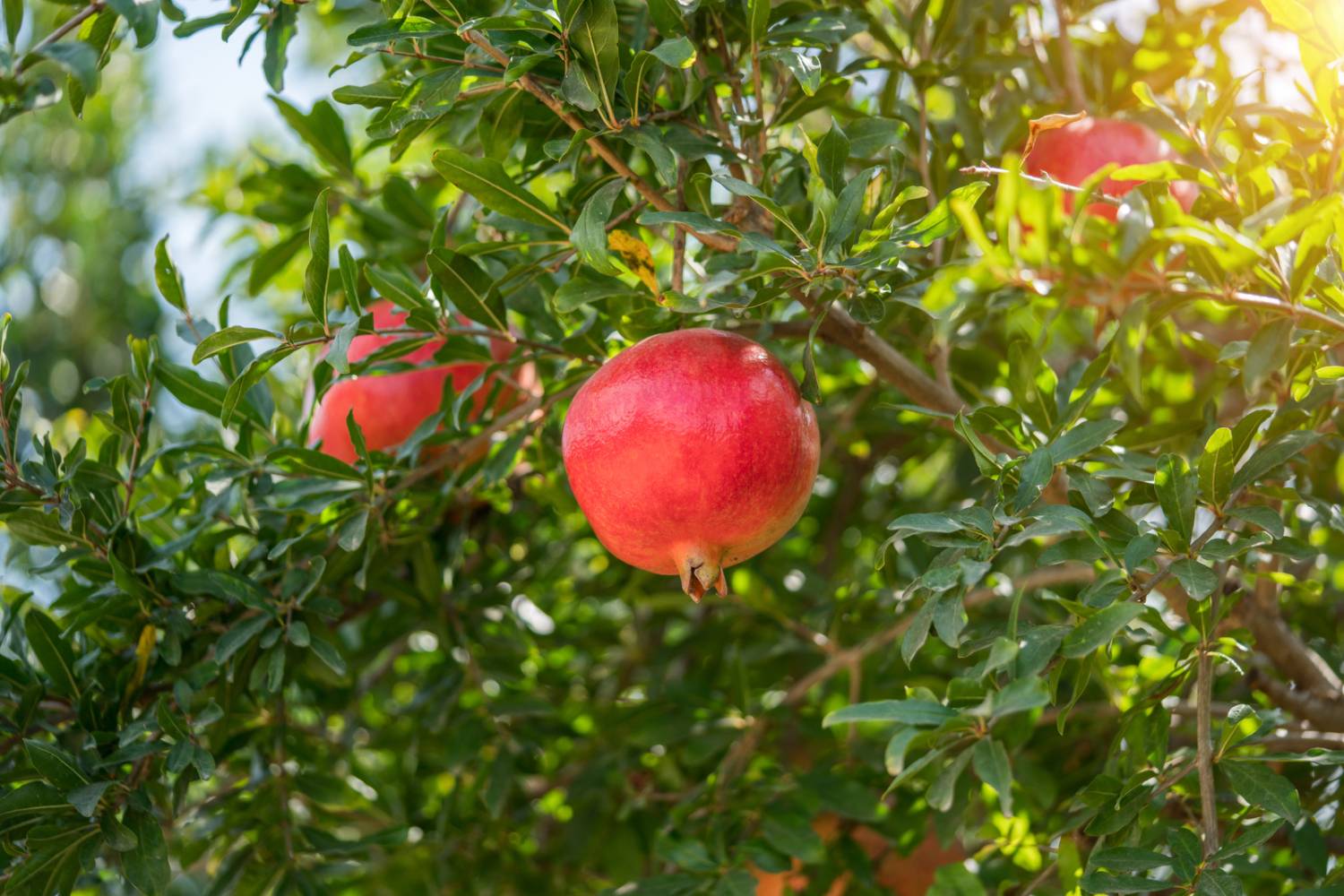

0 thoughts on “How Long Does It Take To Grow Sunflowers From Seed”